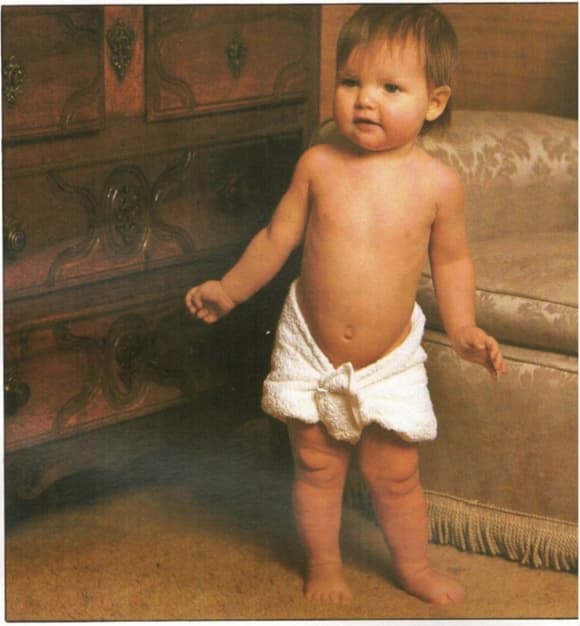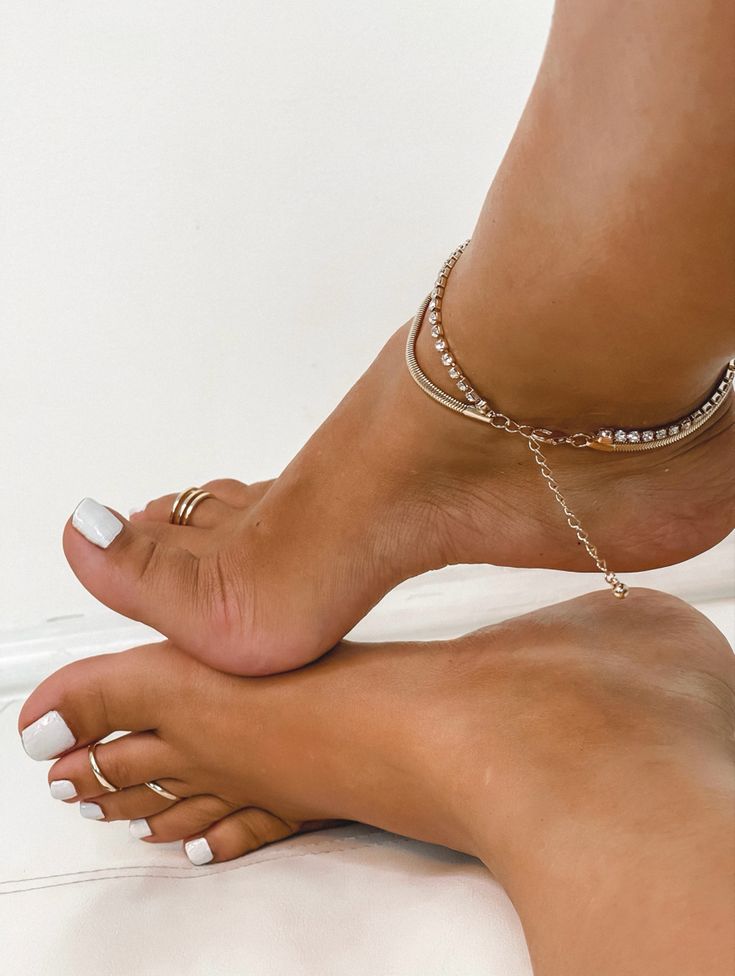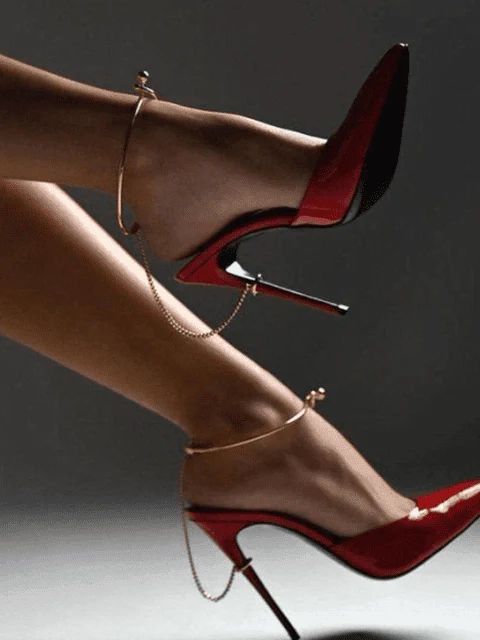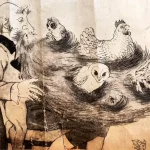Babies are born with beautiful feet and to keep them in ship-shape during their lifespan is no mean feat. Common sense care can help keep them healthy and in good condition. Most babies have perfect feet but by adulthood three quarters will suffer from some kind of trouble – their health is very much in their parents’ hands!

In fact, you can say that babies’ feet are so soft and pliable that the toes which are curly at birth can be deformed just by tight booties or socks which prevent the toes from stretching out properly. It is healthiest to leave your baby’s feet as free as possible.
It is common to find one foot larger than the other so don’t get alarmed and rush your toddler to the doctor. Choose shoes with adjustable fasteners to hold the heel in position and stop the foot slipping forward and damaging the toes. It is advisable not to put your child in slip on shoes as these have to be too tight in order to grip and stay on. Shoes with leather uppers are a healthy choice as leather is flexible, moulds itself to the shape of the foot and allows feet to breathe. It’s best to avoid passing down shoes from one child to another as each person gradually shapes their shoes, both on the inside and outside, until they form a personalised fit for each foot.

Each of our feet is a mechanical masterpiece consisting of 26 bones, 35 joints and more than 100 ligaments. In many ways the form of the bones, blood vessels and nerves of the foot resembles the structure of the hand but the proportions are different. Your feet may ache after a very long walk, from standing for a long time, being overweight or ill. Aching results when the supporting muscles tire and the ligaments become stretched through supporting the load on the arches. Flat feet are the result of the ligaments having become permanently stretched.
The Achilles tendon is attached to the heel and is the link between the foot and the powerful calf muscle at the back of the leg. These muscles provide the power for running and walking and when they contract they pull on the tendon and the heel is raised. This tendon is extremely strong but occasionally gets torn. Unfortunately, surgery is often the only means of repair and the convalescent period is fairly long before the tendon can again take the great stress placed end on it when it is in action.
Does wearing high heeled shoes cause foot problems? Yes, it does. In high-heeled shoes, the body is thrown into an unnatural position so the foot muscles have to work harder to compensate. Not only does this effect the feet, but it can also cause problems with muscles in the back. However, fashion often trumps being practical and, as Marilyn Monroe once said, “Give a girl the right pair of shoes and she’ll conquer the world.”






On the soles of the feet are located the nerve endings of the physical organs. When regularly massaged the accumulated toxins on the nerve endings are released and get thrown out of the body. This brings about physical healing.. This is the physical context of human feet. Reflexology is the answer to this concept.
On the spiritual level, the feet represent progress towards Divinity. It is easy to recognise the level of spiritual progress by the condition of the feet. The big toe is supposed to contain the spiritual energy of the individual. That’s why in certain communities the custom of bowing down to the feet is common. Some Mystics transfer high spiritual energy to a willing recepient or devotee.
On the spiritu